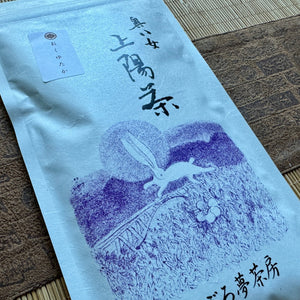Okuyutaka sencha
Tax included
Shipping calculated at checkout
In stock
Pickup currently unavailable
Kumaen Okuyutaka Sencha - Yame, Fukuoka
A uniformly green, clean brew, full umami and silky mouthfeel – the precise work of the Kumaen family's mountain plantations meets the expressive, balanced character of the Okuyutaka cultivar. An everyday top-quality sencha that brings the deep sweetness typical of the Yame region.
Origin & producer
- Producer: Kumaen (Yame, Fukuoka) – multi-generational family tea farm
- Cultivar: Okuyutaka (late ripening, high umami potential, lower tannin sensation)
- Region: foggy mornings, large daily temperature fluctuations; clean, sweet profile typical of Yame senchas
- Processing: gentle steaming (often asamushi), careful twisting and drying
Taste and aroma profile
- Aroma: sweet-umami vegetable notes (edamame, steamed spinach), nori/kombu, fresh grass
- Taste: deep umami, creamy sweetness; green almond, milky/creamy nuances with a delicate freshness
- Body & finish: medium-full, smooth sip; long, sweet-mineral aftertaste
When do we recommend it?
For both morning focus and afternoon relaxation. Okuyutaka is a clean, reliable “comfort-sencha”: stable umami, little bitterness, harmonious sweetness.
Preparation instructions
Asian (kyusu/gongfu) method
- Equipment: Japanese jug (kyusu) 120–200 ml
- Tea: 5–6 g
- Water: 70–75 °C (soft water is preferred)
- 1st pour: 60–80 sec.
- 2nd–3rd pour: 20–40 seconds, then gradually increase
- Tip: Creamier and more umami at around 70 °C, fresher and greener at 75 °C.
Western method
- Equipment: 300–350 ml cup or jug with strainer
- Tea: 3–4 g
- Water: 75–80 °C
- Soaking: 1:30–2:00 minutes; 1–2 shorter infusions can be made from the same batch
Cold brew
- Ratio: 8–10 g/liter
- Time: 6–8 hours in the refrigerator
- Result: a silky, very low bitterness, sweet-umami drink with fresh green tones
Tips & Pairing
- Water: soft, low TDS (≈20–80 ppm) enhances umami and clarity
- Food pairing: lightly salty snacks (nori, toasted seeds), fresh goat cheese, rice balls (onigiri)
- Storage: Protect from light and odors, airtight; keep refrigerated after opening
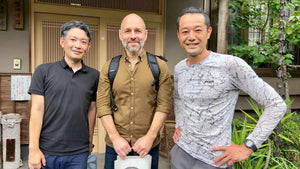
Personal contact
Our teas don't come from wholesale warehouses or unknown sources. We travel to the small producers we source from – whether it's a Japanese family tea garden, a Chinese mountain village or an oolong maker in Taiwan.
Stories
We meet them in person, learn their story, see how they care for their plants, and how they process the fresh leaves.
These experiences are the soul of our teas. This way, not only is the quality guaranteed, but also the fact that behind each cup there is a real person, a real story.
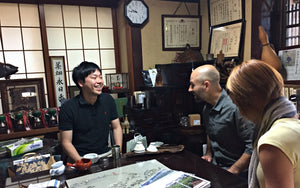
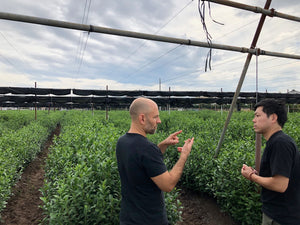
Direct
This direct relationship is valuable to us. Not only because of the excellent tea, but because we believe that trust, respect and personal presence are what make the tea drinking experience truly special.
Teavolution Tea Blog
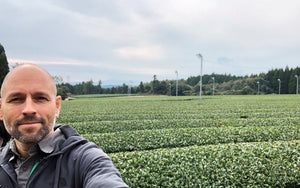
Oct 2, 2025
Sencha tea
Read more

Sep 21, 2025
Matcha hiány Japánban
Read more
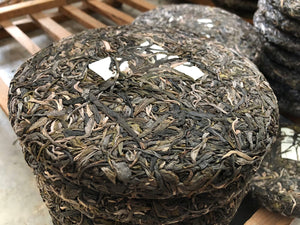
Mar 18, 2025
Puer tea, puerh or pu-erh
Read more
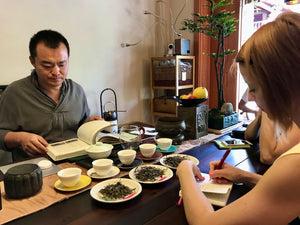
Mar 18, 2025
Types of tea
Read more
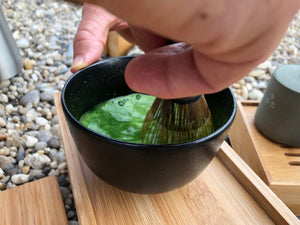
Mar 18, 2025
What is matcha tea?
Read more

Mar 18, 2025
Oolong tea (Wulong tea)
Read more

